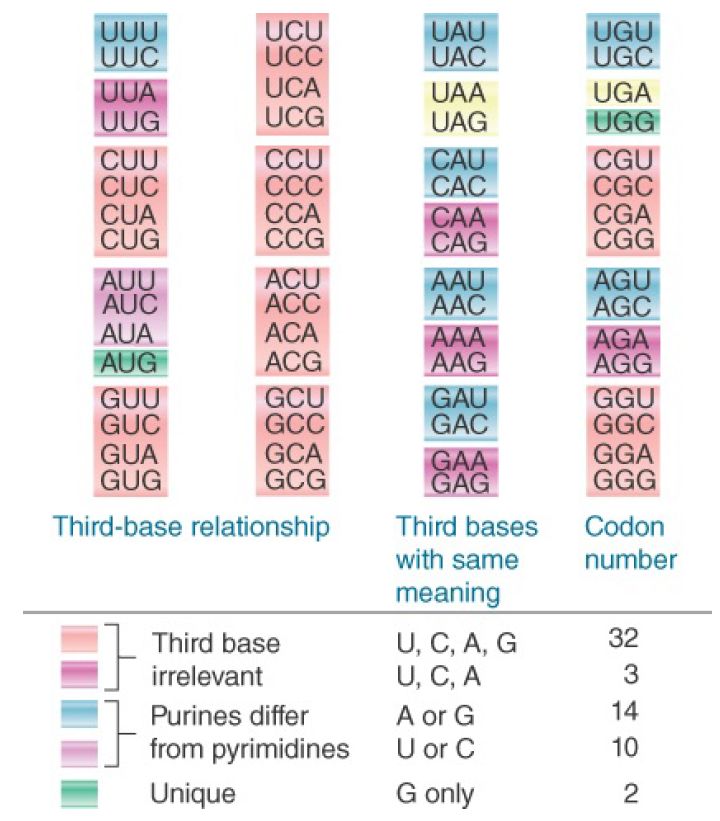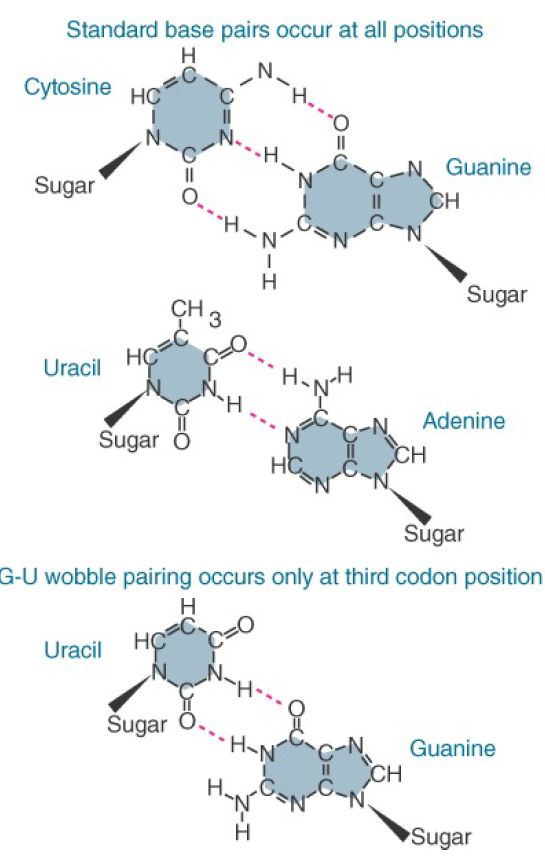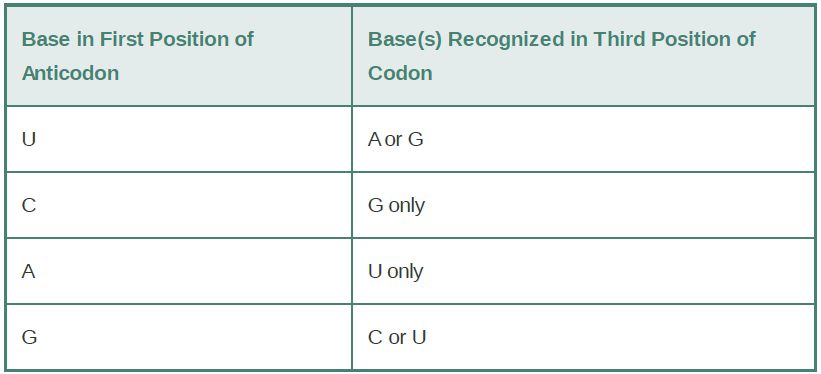

النبات

مواضيع عامة في علم النبات

الجذور - السيقان - الأوراق

النباتات الوعائية واللاوعائية

البذور (مغطاة البذور - عاريات البذور)

الطحالب

النباتات الطبية


الحيوان

مواضيع عامة في علم الحيوان

علم التشريح

التنوع الإحيائي

البايلوجيا الخلوية


الأحياء المجهرية

البكتيريا

الفطريات

الطفيليات

الفايروسات


علم الأمراض

الاورام

الامراض الوراثية

الامراض المناعية

الامراض المدارية

اضطرابات الدورة الدموية

مواضيع عامة في علم الامراض

الحشرات


التقانة الإحيائية

مواضيع عامة في التقانة الإحيائية


التقنية الحيوية المكروبية

التقنية الحيوية والميكروبات

الفعاليات الحيوية

وراثة الاحياء المجهرية

تصنيف الاحياء المجهرية

الاحياء المجهرية في الطبيعة

أيض الاجهاد

التقنية الحيوية والبيئة

التقنية الحيوية والطب

التقنية الحيوية والزراعة

التقنية الحيوية والصناعة

التقنية الحيوية والطاقة

البحار والطحالب الصغيرة

عزل البروتين

هندسة الجينات


التقنية الحياتية النانوية

مفاهيم التقنية الحيوية النانوية

التراكيب النانوية والمجاهر المستخدمة في رؤيتها

تصنيع وتخليق المواد النانوية

تطبيقات التقنية النانوية والحيوية النانوية

الرقائق والمتحسسات الحيوية

المصفوفات المجهرية وحاسوب الدنا

اللقاحات

البيئة والتلوث


علم الأجنة

اعضاء التكاثر وتشكل الاعراس

الاخصاب

التشطر

العصيبة وتشكل الجسيدات

تشكل اللواحق الجنينية

تكون المعيدة وظهور الطبقات الجنينية

مقدمة لعلم الاجنة


الأحياء الجزيئي

مواضيع عامة في الاحياء الجزيئي


علم وظائف الأعضاء


الغدد

مواضيع عامة في الغدد

الغدد الصم و هرموناتها

الجسم تحت السريري

الغدة النخامية

الغدة الكظرية

الغدة التناسلية

الغدة الدرقية والجار الدرقية

الغدة البنكرياسية

الغدة الصنوبرية

مواضيع عامة في علم وظائف الاعضاء

الخلية الحيوانية

الجهاز العصبي

أعضاء الحس

الجهاز العضلي

السوائل الجسمية

الجهاز الدوري والليمف

الجهاز التنفسي

الجهاز الهضمي

الجهاز البولي


المضادات الميكروبية

مواضيع عامة في المضادات الميكروبية

مضادات البكتيريا

مضادات الفطريات

مضادات الطفيليات

مضادات الفايروسات

علم الخلية

الوراثة

الأحياء العامة

المناعة

التحليلات المرضية

الكيمياء الحيوية

مواضيع متنوعة أخرى

الانزيمات
Codon–Anticodon Recognition Involves Wobbling
المؤلف:
JOCELYN E. KREBS, ELLIOTT S. GOLDSTEIN and STEPHEN T. KILPATRICK
المصدر:
LEWIN’S GENES XII
الجزء والصفحة:
29-5-2021
3099
Codon–Anticodon Recognition Involves Wobbling
KEY CONCEPTS
- Multiple codons that encode the same amino acid most often differ at the third-base position.
- The pairing between the first base of the anticodon and the third base of the codon can vary from standard Watson-Crick base pairing according to specific wobble rules.
The function of tRNA in translation is fulfilled when it recognizes the codon in the ribosomal A site. The interaction between anticodon and codon takes place by base pairing, but under rules that extend pairing beyond the usual G-C and A-U partnerships.
The genetic code itself yields some important clues about the process of codon recognition. The pattern of third-base degeneracy is clear in FIGURE 1, which shows that in almost all cases either the third base is irrelevant or a distinction is made only between purines and pyrimidines.

FIGURE 1. Third bases have the least influence on codon meanings. Boxes indicate groups of codons within which third-base degeneracy ensures that the meaning is the same.
There are eight codon families in which all four codons sharing the same first two bases have the same meaning, so that the third base has no role at all in specifying the amino acid. There are seven codon pairs in which the meaning is the same regardless of which pyrimidine is present at the third position, and there are five codon pairs in which either purine may be present without changing the amino acid that is encoded.
In only three cases is a unique meaning conferred by the presence of a particular base at the third position: AUG (for methionine), UGG (for tryptophan), and UGA (termination). This means that C and U never have a unique meaning in the third position, and A never signifies a unique amino acid.
The anticodon is complementary to the codon; thus it is the first base in the anticodon sequence written conventionally in the direction from 5′ to 3′ that pairs with the third base in the codon sequence written by the same convention. So the combination is usually written as codon ACG/anticodon CGU, where the anticodon sequence must be read backward for complementarity with the codon.

To avoid confusion, we shall retain the usual convention in which all sequences are written 5′ to 3′ but indicate anticodon sequences with a backward superscript arrow as a reminder of the relationship with the codon. Thus the codon/anticodon pair shown in the previous paragraph will be written as ACG and CGU← , respectively.
Does each triplet codon require its own tRNA with a complementary anticodon, or can a single tRNA respond to both members of a codon pair and to all (or at least some) of the four members of a codon family? The answer is that often one tRNA can recognize more than one codon. All codons that a particular tRNA recognizes must be identical at their first two base positions. By contrast, the base in the first position of the tRNA anticodon is able to pair with alternative bases in the corresponding third position of the codon; base pairing at this position is not limited to the usual G-C and A-U partnerships.
The rules governing the recognition patterns are summarized in the wobble hypothesis, which states that the pairing between codon and anticodon at the first two codon positions always follows the usual rules, but that exceptional “wobbles” occur at the third position. Wobbling occurs because the structure of the ribosomal A site, in which the codon–anticodon pairing occurs, permits increased flexibility at the first base of the anticodon. The most common nonconventional pair that is found at this position is G-U (FIGURE 2). For example, the anticodon UUG in tRNAGln recognizes both the CAA and CAG glutamine codons, and the anticodon GUG in tRNAHis recognizes both the CAU and CAC histidine codons. Other nonconventional pairs that are tolerated at the third codon position involve modified bases (see the section later in this chapter titled Modified Bases Affect Anticodon–Codon Pairing).

FIGURE 2.Wobble in base pairing allows G-U pairs to form between the third base of the codon and the first base of the anticodon.
This capacity of the third codon position to tolerate G-U pairs creates a pattern of base pairing in which A can no longer have a unique meaning in the codon (because the U that recognizes it must also recognize G). Similarly, C also no longer has a unique meaning (because the G that recognizes it must also recognize U). Table 1summarizes the pattern of recognition. It is therefore possible to recognize unique codons only when the third bases are G or U. However, only UGG and AUG provide examples of such unique recognition.
TABLE.1 Codon–anticodon pairing involves wobbling at the third position.

 الاكثر قراءة في مواضيع عامة في الاحياء الجزيئي
الاكثر قراءة في مواضيع عامة في الاحياء الجزيئي
 اخر الاخبار
اخر الاخبار
اخبار العتبة العباسية المقدسة

الآخبار الصحية















 قسم الشؤون الفكرية يصدر كتاباً يوثق تاريخ السدانة في العتبة العباسية المقدسة
قسم الشؤون الفكرية يصدر كتاباً يوثق تاريخ السدانة في العتبة العباسية المقدسة "المهمة".. إصدار قصصي يوثّق القصص الفائزة في مسابقة فتوى الدفاع المقدسة للقصة القصيرة
"المهمة".. إصدار قصصي يوثّق القصص الفائزة في مسابقة فتوى الدفاع المقدسة للقصة القصيرة (نوافذ).. إصدار أدبي يوثق القصص الفائزة في مسابقة الإمام العسكري (عليه السلام)
(نوافذ).. إصدار أدبي يوثق القصص الفائزة في مسابقة الإمام العسكري (عليه السلام)


















